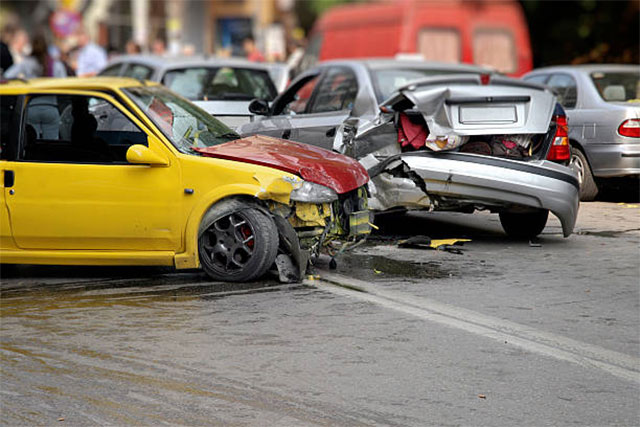Getting too close to a vehicle is risky and may have fatal consequences. Let’s say a car in front of you is driving at 70 mph. If the car slows down or stops, it needs at least three seconds of distance from the vehicle behind. In bad weather, the required distance should be increased. Many drivers do not follow these rules and indulge in risky driving. About 8,000 people die each year in automobile accidents on USA roads and highways. Most of these fatalities are due to rear-end collisions. Rear-end collisions account for 23% of all traffic fatalities, according to the National Highway Road Safety Administration.

Table of Contents
How Is Tailgating Defined?
Tailgating is defined by law as following too closely. There are many standards set by the law, that a driver needs to follow. Any driving behavior where a driver is following any vehicle closer than the standard limits is considered illegal and reckless behavior. These standards include
- Visibility and weather conditions (Windspeed, Fog, Humidity)
- Speed of the car
- Traffic conditions (allowed speed limits, traffic congestion, closures)
- Road Surface Conditions (Potholes, Infrastructure damage, pavement friction)
Many drivers indulge in reckless behavior and place their needs on the road above others. It is commonly seen that drivers try to speed up their cars when they are running late. Tailgating regulations were enacted to protect drivers and prevent accidents. It’s dangerous because the driver behind has less time to react if the vehicle in front suddenly stops or slows down.
Types Of Injuries Associated With Tailgating Rear-End Collisions
- Neck and Back injuries– Tailgating and rear-end accidents account for 85 percent of all neck injuries in car accidents. The most common type is a whiplash injury which may cause significant damage to the muscle, ligaments, tendons, etc.
- TBI: Traumatic brain injury may happen when the skull encounters a sudden blow. It can lead to memory loss, concussions, headaches, etc.
Wrist, Arm, and Shoulder Injuries: Injuries in wrists, arms, elbows, and shoulder fractures and dislocation are common in a tailgate accident. - Lower back and hip injury: Injury in the lower part may result in jammed hips, sprained ankles and strained knees and ligaments.
Anyone injured in a tailgating-related collision should see a doctor as soon as possible.
In A Tailgating Collision, Who Is At Fault?
Liability for causing a tailgate accident needs to be proved as it is done for other accidents. Evidence is required indicating that one or more of the people involved in the accident behaved or failed to act in such a way that the accident occurred.
To show carelessness, the victim of a car accident needs to prove that-
- The driver of the car following the vehicle is found liable and owed a duty to exercise reasonable care. However, the person failed to take caution leading to a breach of duty which led to the victim’s injuries. In many states, the driver of the car in the back is presumed to be the one legally liable for the collision.
- A claim can certainly be defended by the driver of the car that was following. To do so, they must present proof establishing the reverse facts. The jury makes the final decision.
What To Do If You Are Being Tailgated?
It is best advised to change lanes or exit at the next available exit. If you are unable to get out of the way, do not make sudden movements and brake abruptly. It can shock the tailgator and might result in a rear-end collision. Instead, decelerate gradually and gently brake.
What Should You Do If You Are Hurt In A Tailgating Accident?
If you are harmed in a tailgating collision, contact 911 right away. Stay at the site until the cops arrive. If you are in a condition to move, try to obtain the other driver’s contact information.
If you are injured in a tailgate accident, you may be entitled to compensation. Consult with a personal injury lawyer as soon as possible after the accident.












